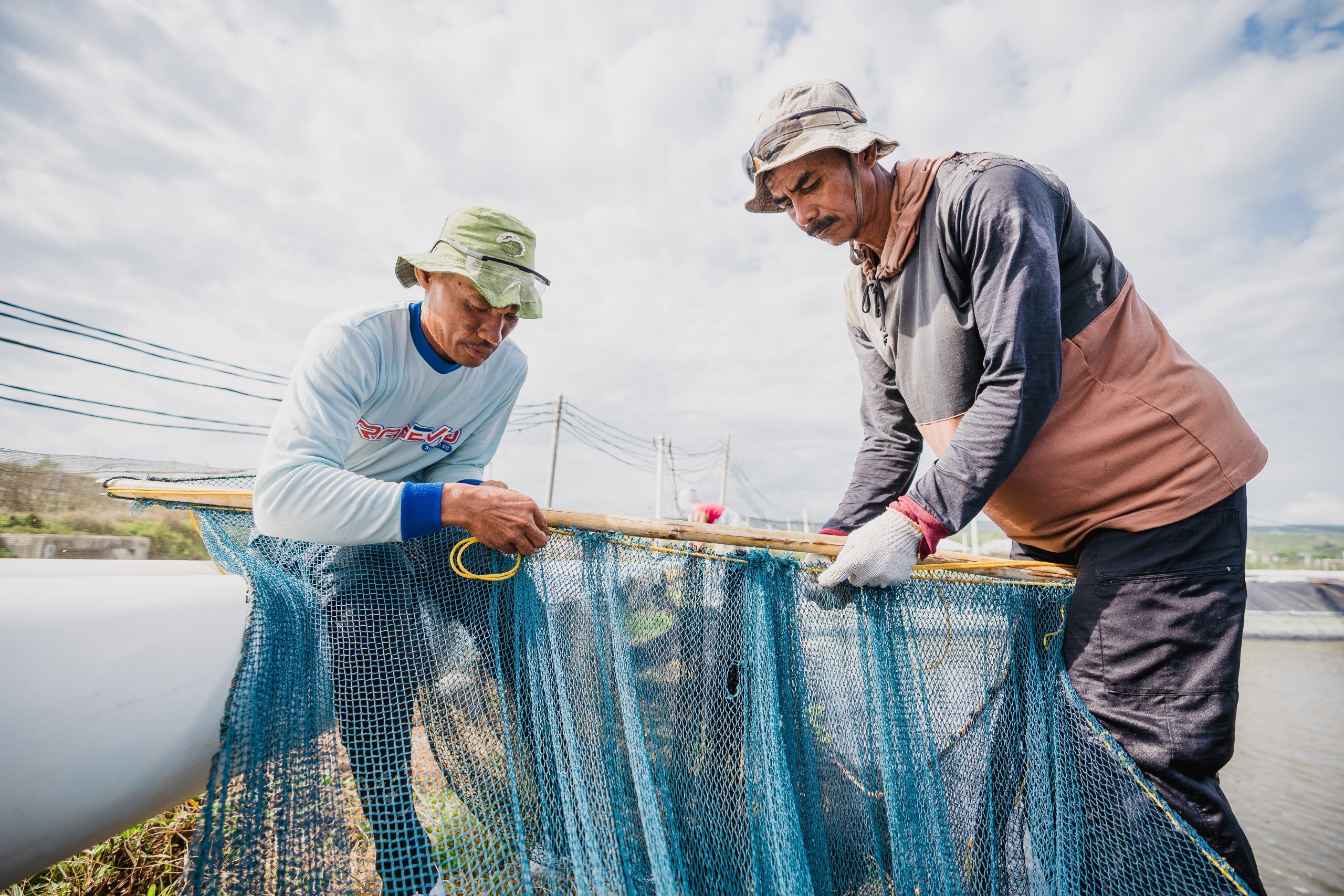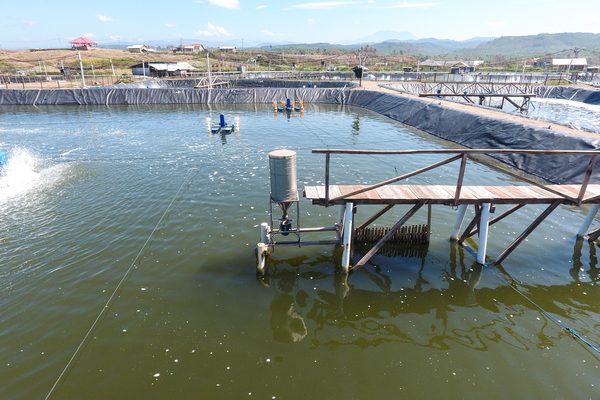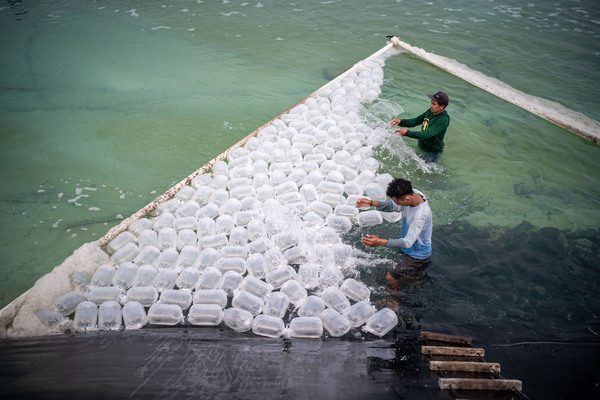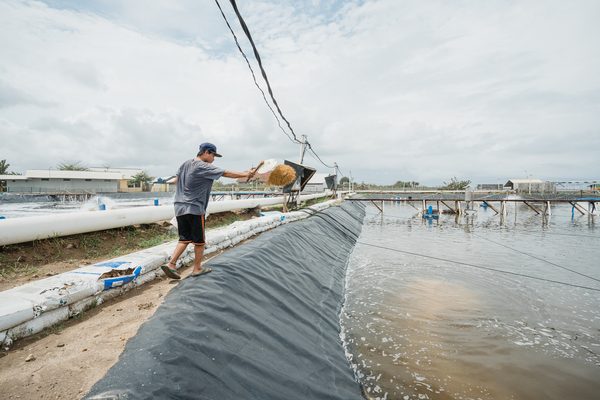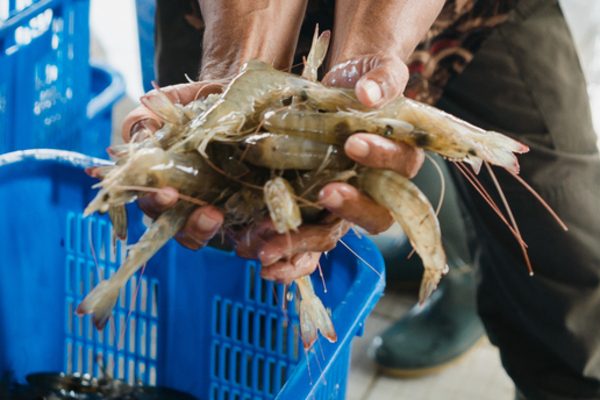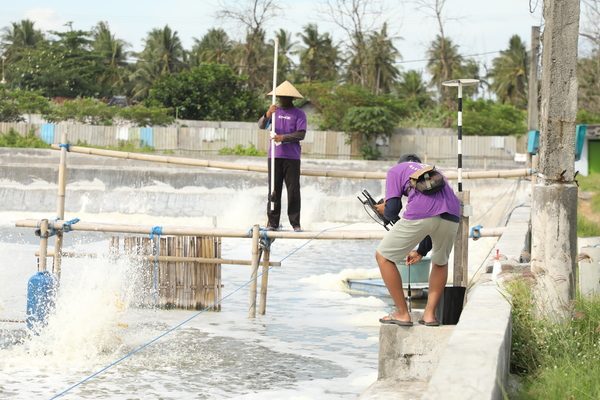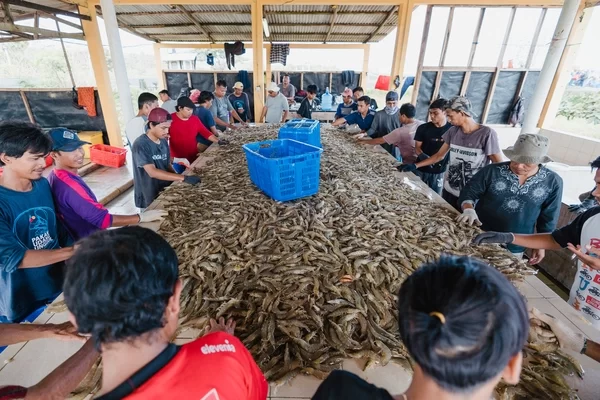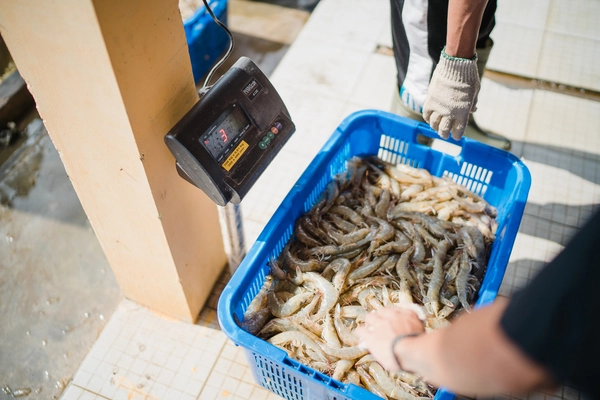Intensive Vannamei Shrimp Cultivation, How to Do It?
Intensive vannamei shrimp cultivation is increasingly being chosen by farmers because of its higher productivity and profitability. But on the other hand, the risks encountered during cultivation are also higher.
In an intensive system, vannamei shrimp cultivation, high technology and capital are needed. Starting from feed that completely relies on artificial feed, using aerators to maintain dissolved oxygen levels, and so on.
Although it requires high capital and technology, the profitability of intensive system cultivation is also high. This is what makes intensive vannamei shrimp cultivation chosen by many farmers.
So, how to do it? Check out the full explanation in this article.
Also Read: 5 Characteristics of Intensive Vannamei Shrimp Pond You Should Know
Method of Intensive System Vannamei Shrimp Cultivation
1. Pond Preparation
Intensive vannamei shrimp cultivation is carried out by spreading fry in large numbers in a relatively small area and a controlled environment. So that farmers must prepare everything appropriately and according to standards so that shrimp can grow optimally, one of which is pond land.
Land preparation is the first step that farmers must take before cultivation. Some of the land preparations for intensive vannamei shrimp cultivation include:
- Water treatment in the main reservoir.
- Pond construction improvement.
- Pond bottom processing which includes drying and liming.
- Installing plastic mulch.
- Water filling to a depth of 10 cm.
- Extermination of pests and pathogens.
- Water filling up to 70%.
- Plankton growth.
- Growth of probiotic bacteria.
2. Spreading Vannamei Shrimp Seeds
The next step for intensive vannamei shrimp cultivation is spreading fry. The number of fries stocked is usually adjusted to each farmer’s production target and the pond’s area.
Vannamei shrimp fry will be stocked after the water quality parameters are optimal. Usually, the fry will be stocked in the morning or at night to avoid stress due to significant environmental differences.
3. Maintenance
In the daily maintenance of intensive vannamei shrimp farming, it is necessary to routinely control water quality parameters and feed and adjust the use of aerators in pond ponds.
The frequency of feeding vannamei shrimp must be adjusted to the shrimp consumption and growth rate. This is useful so that the FCR number remains optimal. Meanwhile, control can be done through anco from each pond.
4. Pest and Disease Control
Disease control in vannamei shrimp cultivation should be carried out with preventive or preventive measures before the disease infects the shrimp. Preventive actions can be carried out by applying biosecurity and immunostimulants.
Meanwhile, disease detection is usually done by observing the body morphology of the shrimp and conducting PCR (Polymerase Chain Reaction) tests in the laboratory periodically.
5. Harvest
The intensive system vannamei shrimp harvest occurs when the shrimp are over 100 days old or have reached a certain weight and size. However, in an intensive system of vannamei shrimp, partial harvest is carried out to reduce the density of the shrimp.
Apart from partial harvests, other types of harvests are usually carried out by farmers, namely normal harvests, abnormal harvests, and emergency harvests.
Also Read: 4 Elements of Vannamei Shrimp Farm Management That Must Be Considered
Choose DELOS for your Vannamei Shrimp Cultivation
Many farmers choose intensive vannamei shrimp cultivation because the profits can be maximized compared to other types of cultivation. However, the risks that must be faced are quite high, so farmers must always pay attention to all aspects of cultivation.
For those who want to practice intensive vannamei shrimp farming to maximize profits, you can start easily with DELOS.
DELOS is the best science, technology and operational management-based aqua-tech company that can help you explore new opportunities in aquaculture.
DELOS farm management is also supported by the AquaHero application, which can make it easier for you to monitor the condition of the shrimp in the pond just through a gadget every day.
Want to get pond supplies at affordable prices? AquaLink can connect you with producers and farm owners to get and sell pond products at the best prices.
Contact the DELOS Team via contact@delosaqua.com or submit via our website contact column at www.delosaqua.com to get the best offer for your vannamei shrimp farming business. Manage your shrimp ponds with DELOS!




